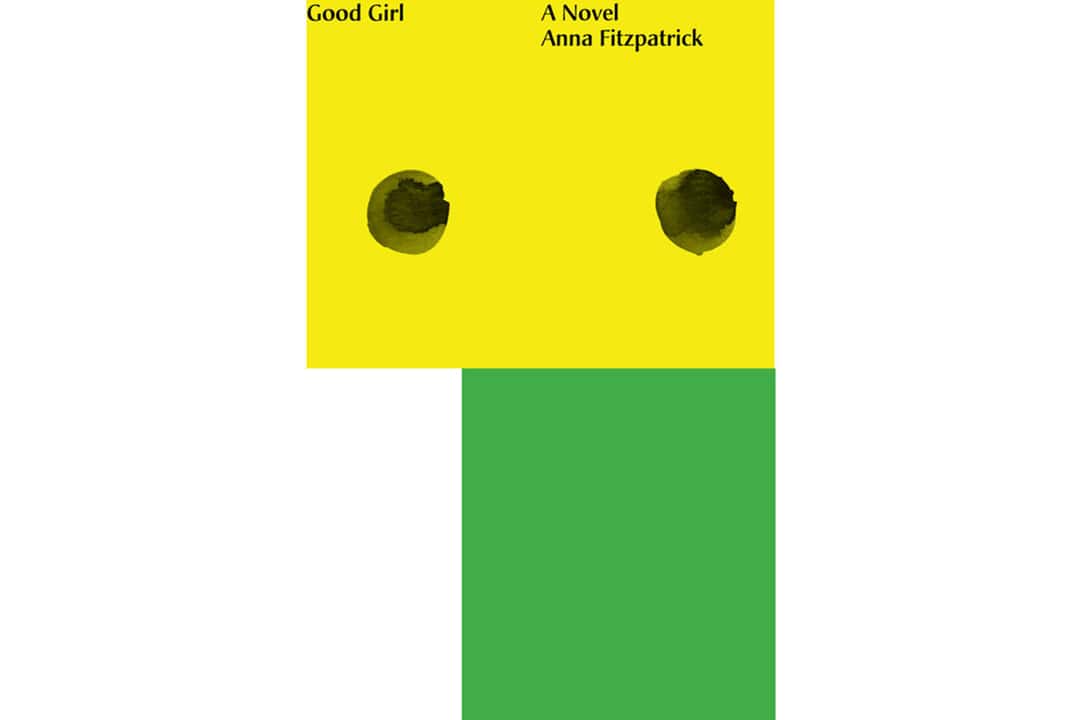As a humanities student whose syllabi brim with overwhelmingly man-authored reading lists, I am always eager for when a winter or summer break rolls around and I can devour literature by women — a refreshing change. Among this past break’s reads, Anna Fitzpatrick’s human and humorous Good Girl was by far my favourite, and the most memorable of them all.
Good Girl follows Lucy Selberg, a 25-year-old woman in Toronto who is at odds with her sense of self. When the novel begins, Lucy is a writer who isn’t writing, works at a bookstore, and is hellbent on finding a man to fulfill her kinky dreams. Aimless and insecure, Lucy is desperate for someone to guide her through life and tell her how to be a ‘good girl,’ both in her actual life and in the bedroom.
Since reading Good Girl I have been itching to share what I find special about it. Fortunately, I was able to speak with the author herself to enhance my understanding of what makes Good Girl so darn good.
I had been familiar with Fitzpatrick’s work from her days writing for Rookie, an online magazine for teenage girls, which inspired my own adolescent aspirations for journalism. Fitzpatrick is a Toronto-based writer from Ottawa who attended York University Glendon Campus for English literature. She started a blog in high school, where she wrote about fashion, film, art, and culture.
Fitzpatrick hadn’t intended to write a novel, but in 2016, while living in Budapest, she felt qualmless. “I had rented an apartment in a country where I knew nobody and had no obligations,” she told me. “I started writing one scene, thinking maybe it could be a short story.” Over time, a personal project became a novel. “I don’t know if I would have started if I knew it would turn into a novel. There was no pressure for it to be anything, so I just kept writing.”
Contrary to popular assumption, Good Girl is in no way autobiographical. Though Fitzpatrick and Lucy share “biographical details,” she said, Lucy is “a fictional character with her own experiences.”
What struck me about Fitzpatrick’s storytelling in Good Girl was her cleverness in not swaying the reader to pick one moral argument over another, instead forcing us to look past the black or white and into the grey intersection of feminism and sexuality. The protagonist Lucy often uses her political values to justify her pursuit of BDSM — bondage and discipline, dominance and submission, sadism and masochism.
“Lucy has this idea of what sex positivity looks like,” wrote Fitzpatrick in a message to me. “She became an adult in an era where feminist rhetoric would be pushing back against slut shaming.” Though Lucy is entitled to her pleasure, she tends to overlook the fact that sexual desire is complicated. Just as Fitzpatrick confronts us with these ambiguities, Lucy learns to be wary of the wavering line between fantasy and reality.
In many ways, Lucy uses her submissive personality to excuse herself from responsibility; she believes that it places her at the mercy of others, unaware that her actions have an impact, which creates problems in her relationships. Early in the novel, Lucy is in bed with a date and displays her ironic brashness as a submissive, imposing her fantasies onto her date. After she dismisses his efforts to slow down the sexual encounter, he stops it altogether.
Fitzpatrick drew attention to this scene to show that “there’s a huge gap between knowing what you want and knowing how to get it, especially when what you want involves another person with their own desires and boundaries.” Regardless of her passive role, Lucy is an active participant in the sexual encounter, which comes with mutual responsibility.
In platonic relationships, too, Lucy seeks strong personalities by whom she can be led. Her best friend Sasha’s assertiveness and confidence draw her out of her shell but also place Sasha on a pedestal — causing Lucy to neglect that, sometimes, Sasha also needs guidance from her friend.
However, just as Lucy imposes her submissiveness onto others, she does so on herself. In her relationship with a fellow writer named Malcolm, whose fantasies align with hers, she finds he often subjects her to intense sexual scenarios without warning. “There can be so many moments during sex,” explained Fitzpatrick, “where things can be pushed to the point of discomfort even though everyone has technically consented.” Instead of respecting her unease, Lucy endures it as part of her role. She won’t allow herself to say no.
Part of what distorts Lucy’s understanding of consent is her fixation on BDSM representation in the media. She adores the film Secretary, an erotic film about a submissive secretary who begins an affair with her boss. What Lucy must remember is that movies and porn are entertainment, not instruction manuals. By the end of the book, Lucy reads the short story “Secretary” by Mary Gaitskill, which influenced the movie, and realizes how the true multifacetedness of its characters complicates their psychosexual dynamic — a layer that the film glosses over.
Good Girl offers a reflection on how commercial and aestheticized sexual dynamics in the media complicate our desires, values, and views. For a generation whose consumption of sex and romance often precedes first-hand engagement with either, it is essential to consider that line between fiction and reality.
Fitzpatrick defictionalizes fiction by highlighting these contradictions, rather than paving over them. She complicates definitive ideas of feminism, consent, autonomy, and desire, and forces us, along with Lucy, to look inward and recognize the paradoxes of being a ‘good girl’ in a real, demanding world.



No comments to display.